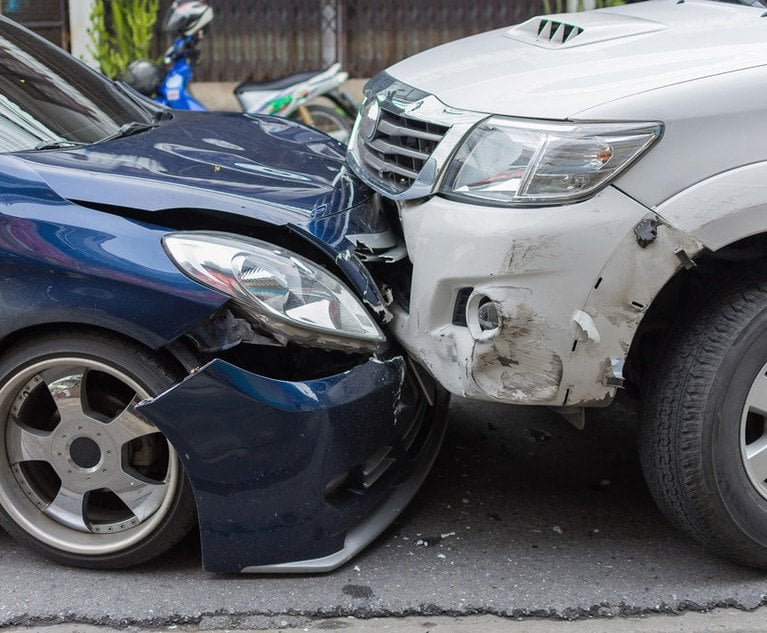 Using telematics also helps expedite accident claim initiation, taking pressure off the policyholder and minimizing additional costs incurred from a secondary tow, storage fees, release fees and other administrative charges. Credit: PongMoji/Shutterstock
Using telematics also helps expedite accident claim initiation, taking pressure off the policyholder and minimizing additional costs incurred from a secondary tow, storage fees, release fees and other administrative charges. Credit: PongMoji/Shutterstock
An auto collision is one of life's most stressful events, and unfortunately, the frequency and severity of accidents have increased in recent years. U.S. Department of Transportation statistics show that a car crash occurs approximately every 10 seconds. When drivers and their passengers are involved in a collision, they need every resource available to protect their safety and well-being — and they need these resources as quickly as possible.
Recommended For You
Want to continue reading?
Become a Free PropertyCasualty360 Digital Reader
Your access to unlimited PropertyCasualty360 content isn’t changing.
Once you are an ALM digital member, you’ll receive:
- Breaking insurance news and analysis, on-site and via our newsletters and custom alerts
- Weekly Insurance Speak podcast featuring exclusive interviews with industry leaders
- Educational webcasts, white papers, and ebooks from industry thought leaders
- Critical converage of the employee benefits and financial advisory markets on our other ALM sites, BenefitsPRO and ThinkAdvisor
Already have an account? Sign In Now
© 2025 ALM Global, LLC, All Rights Reserved. Request academic re-use from www.copyright.com. All other uses, submit a request to [email protected]. For more information visit Asset & Logo Licensing.








